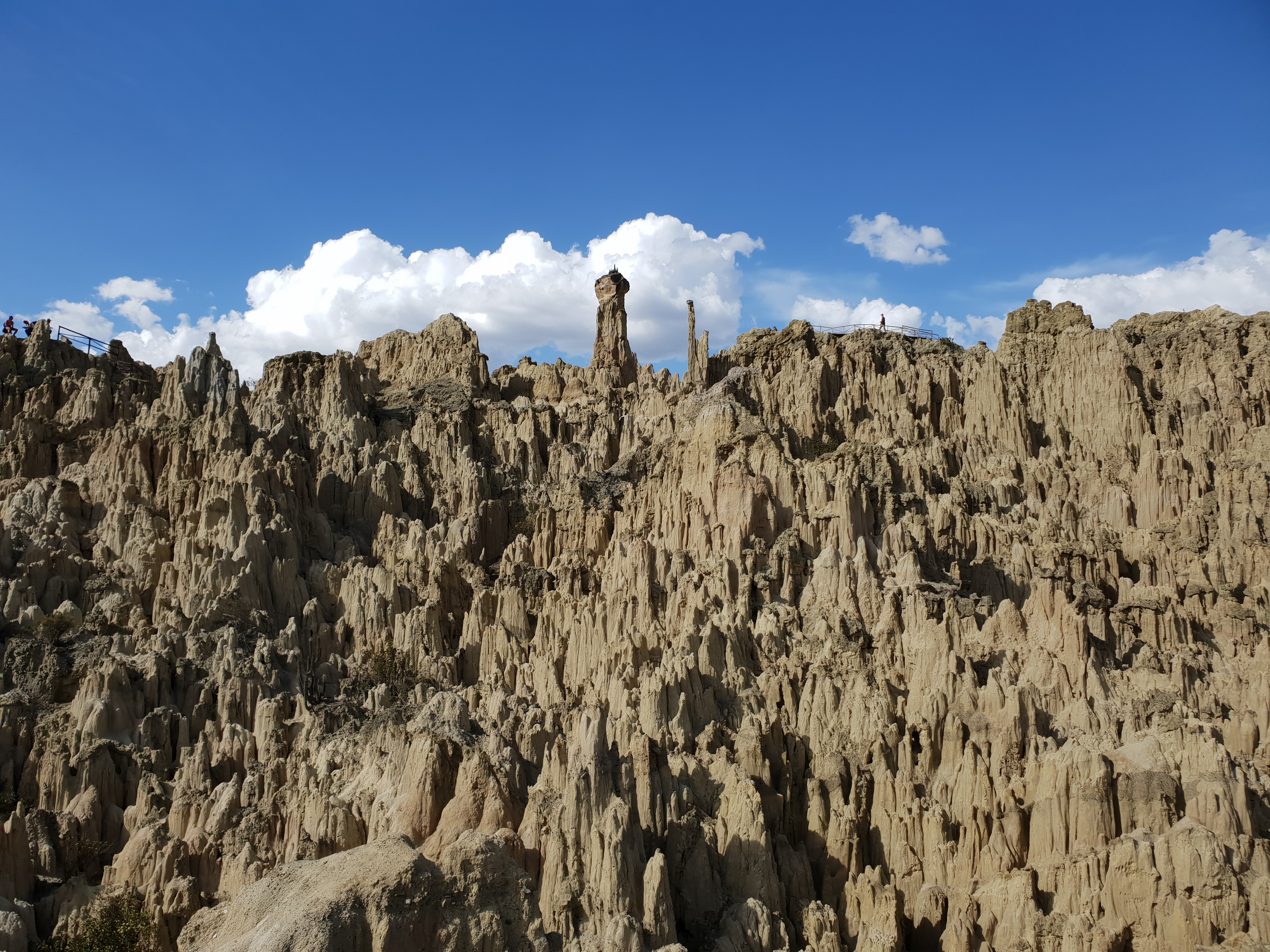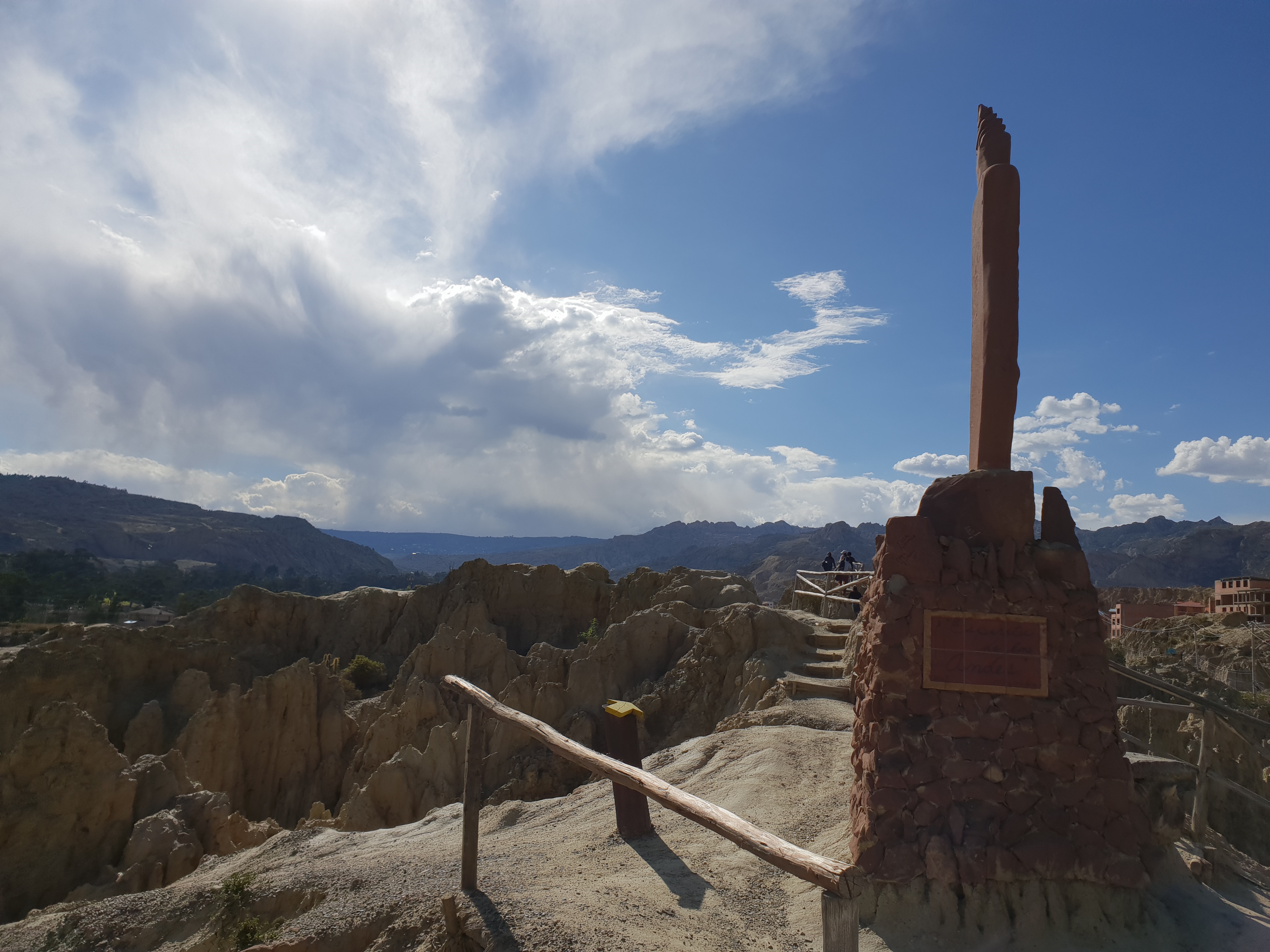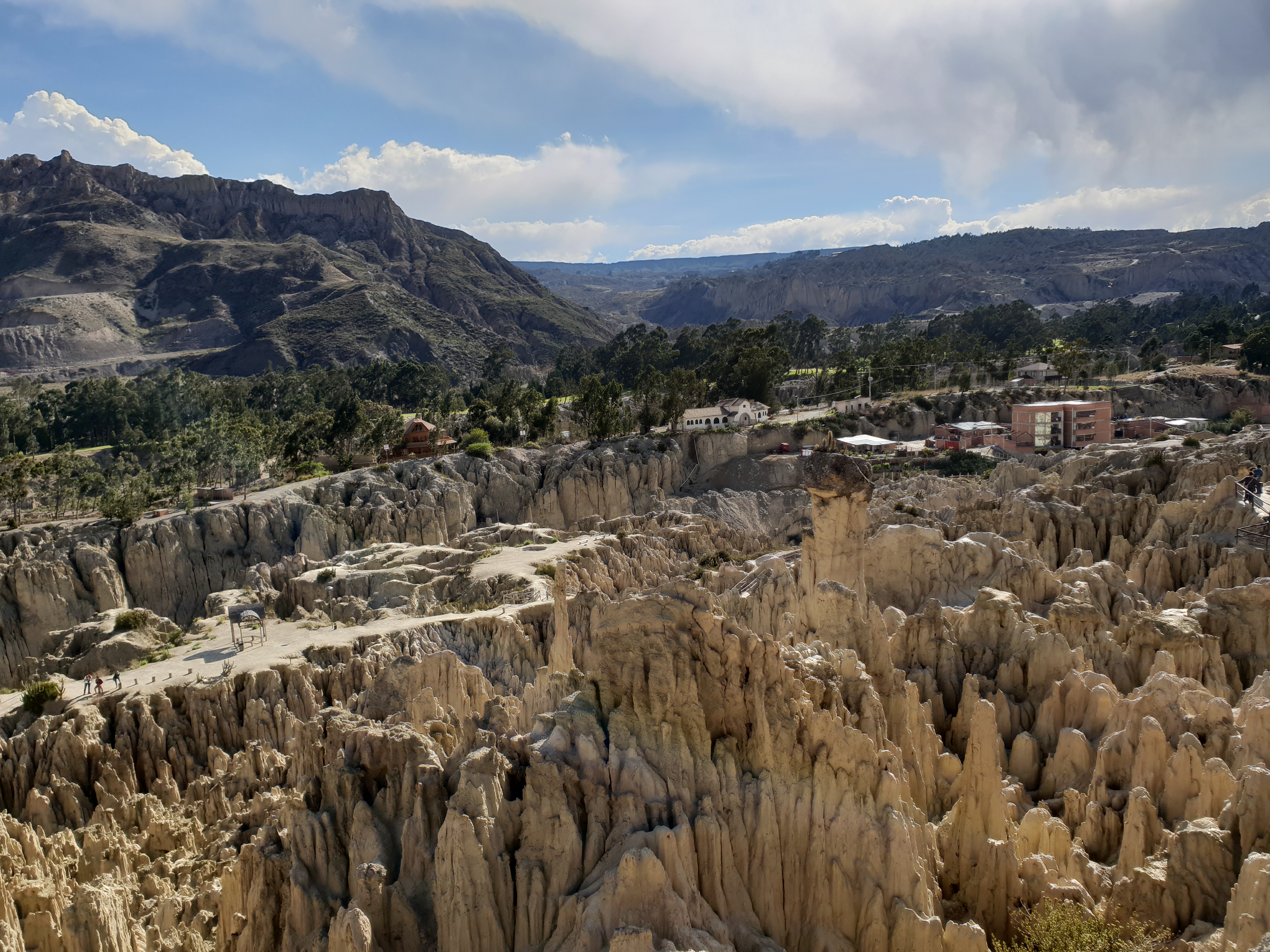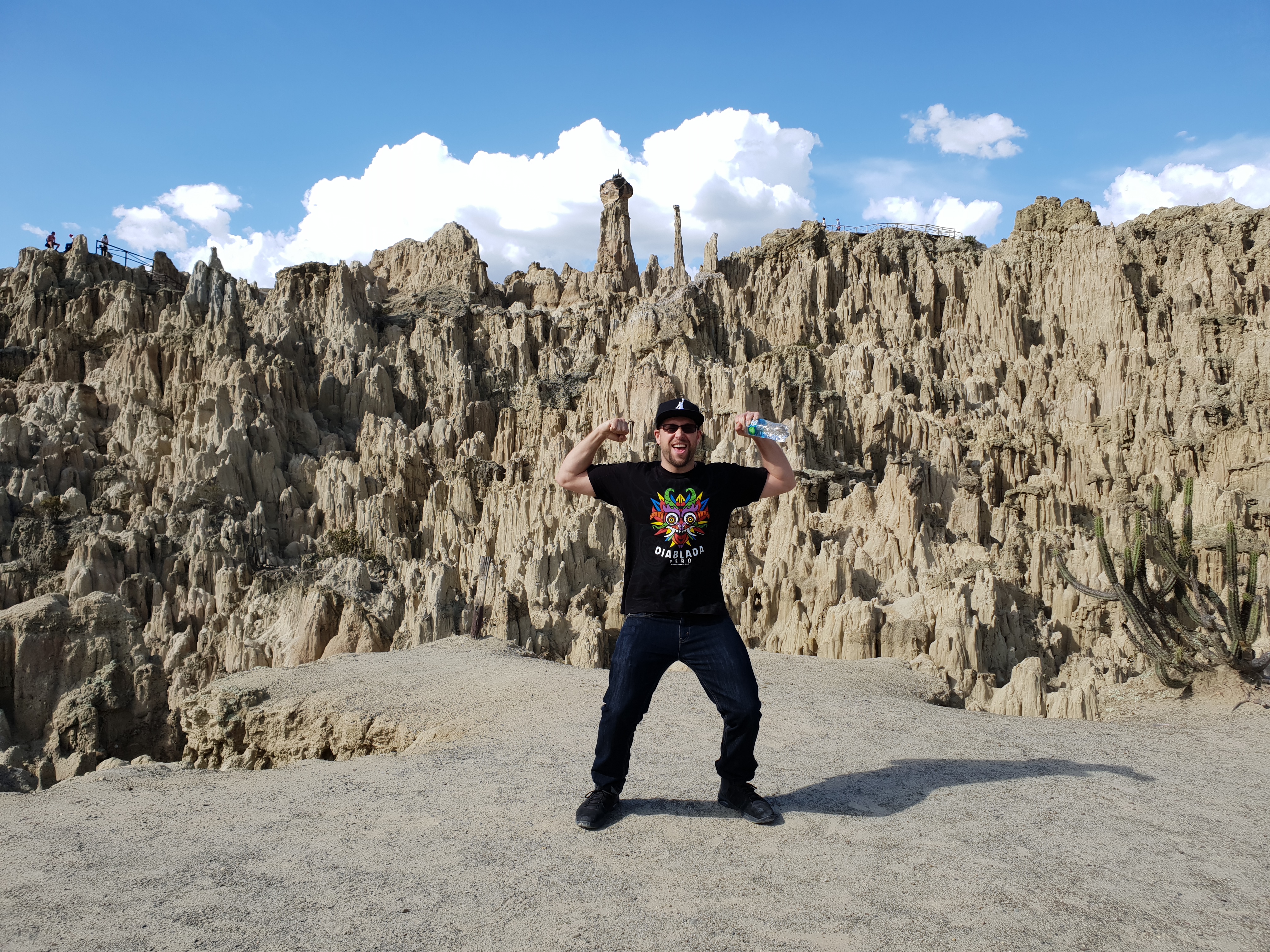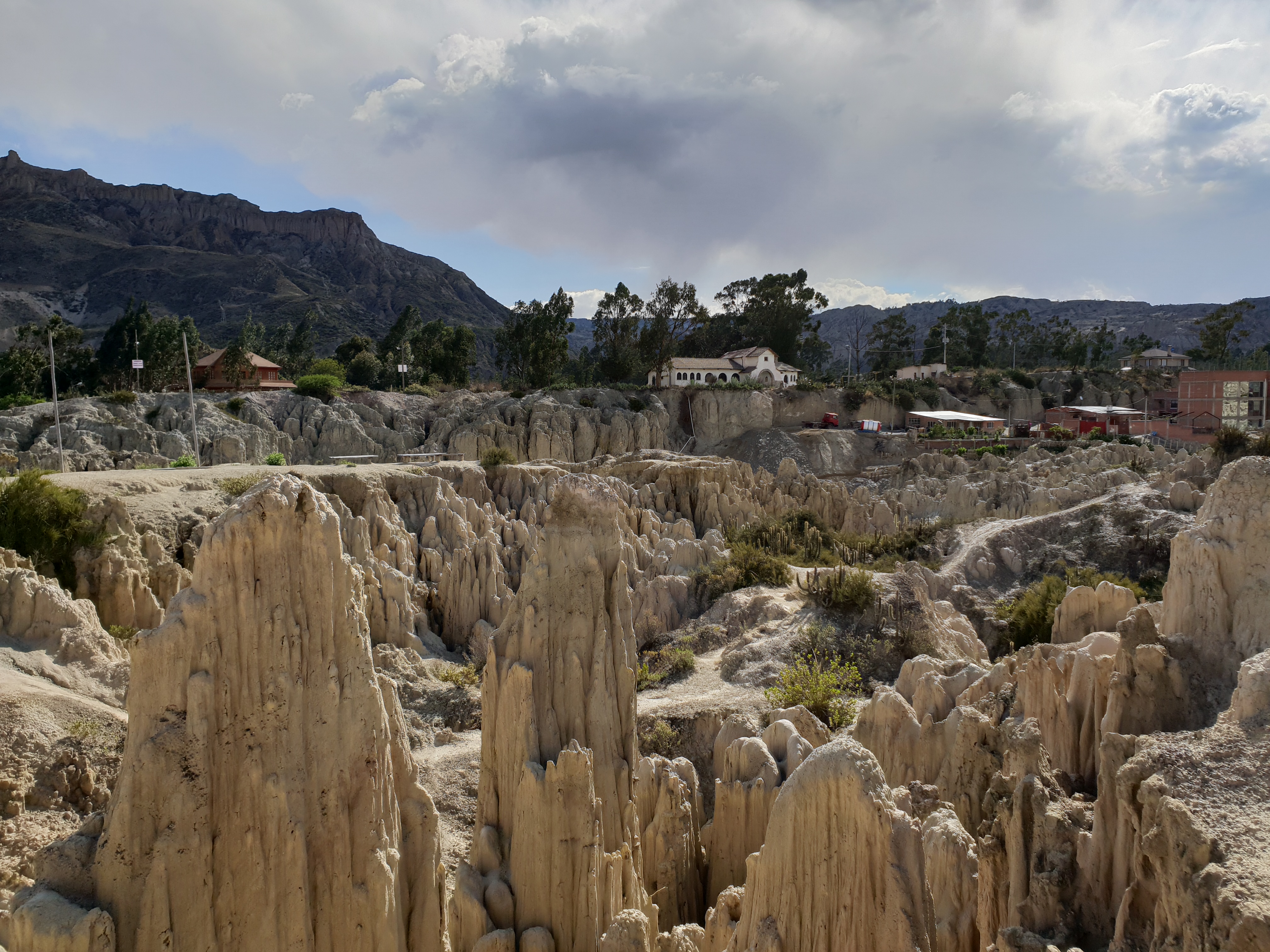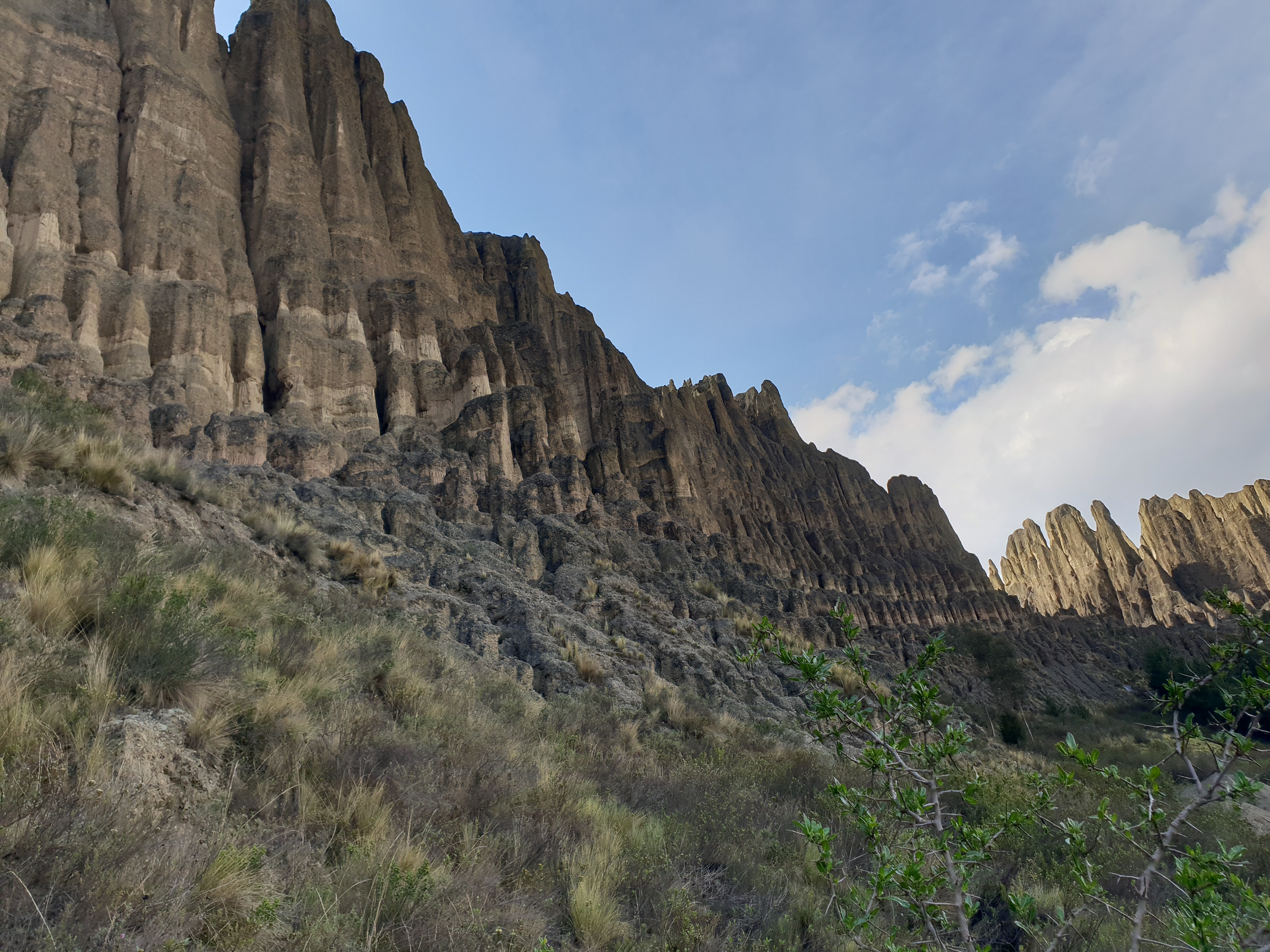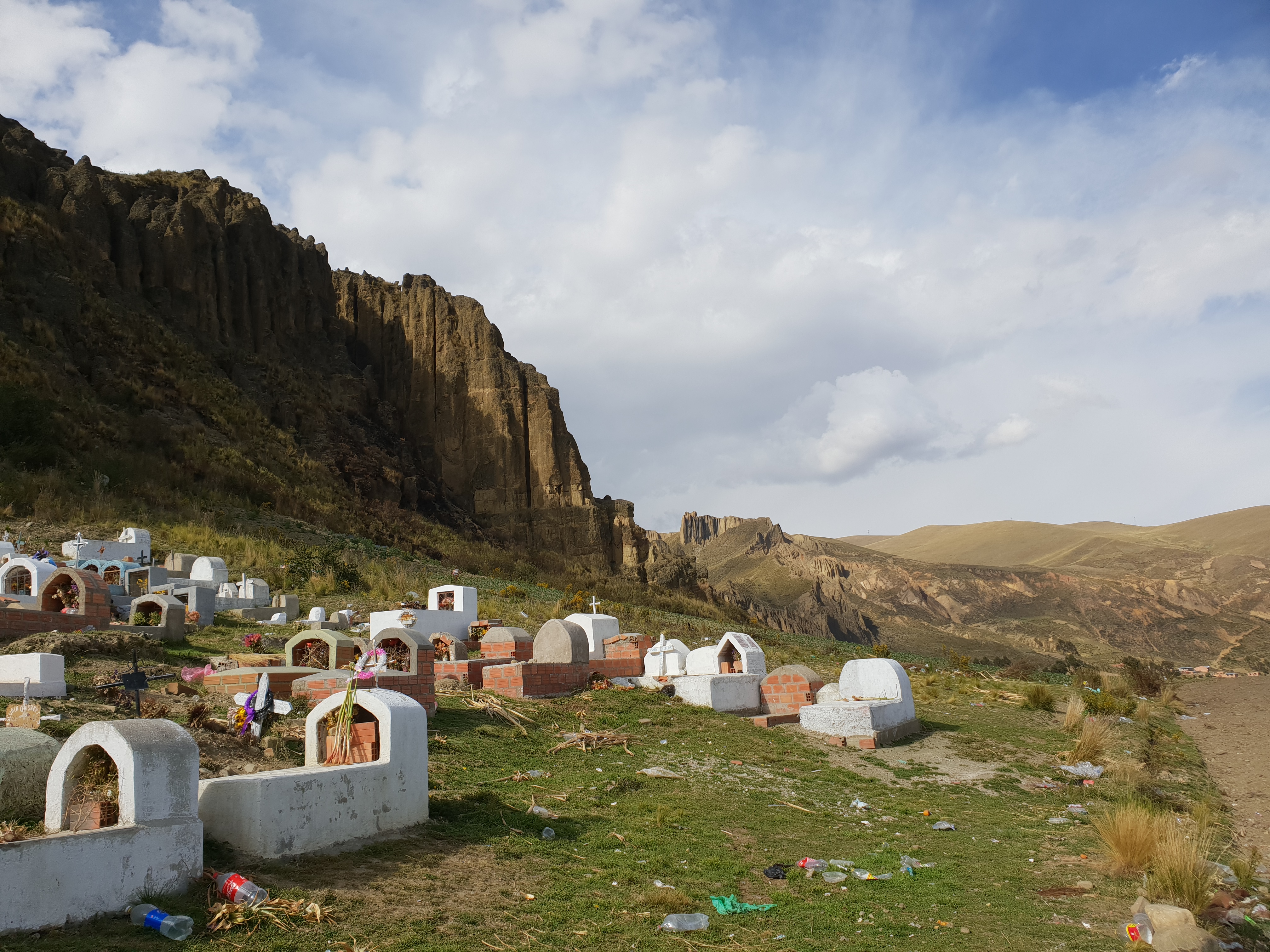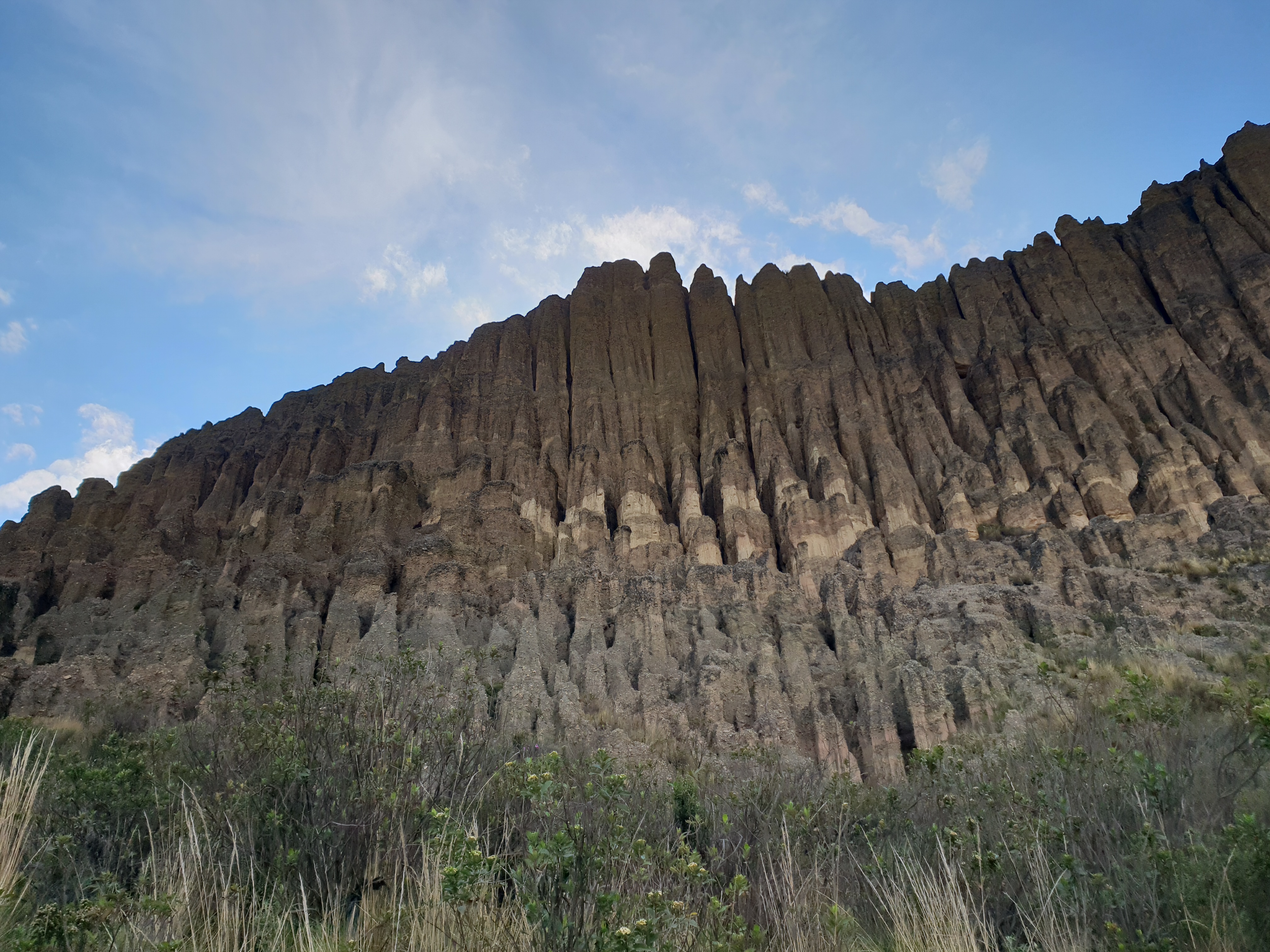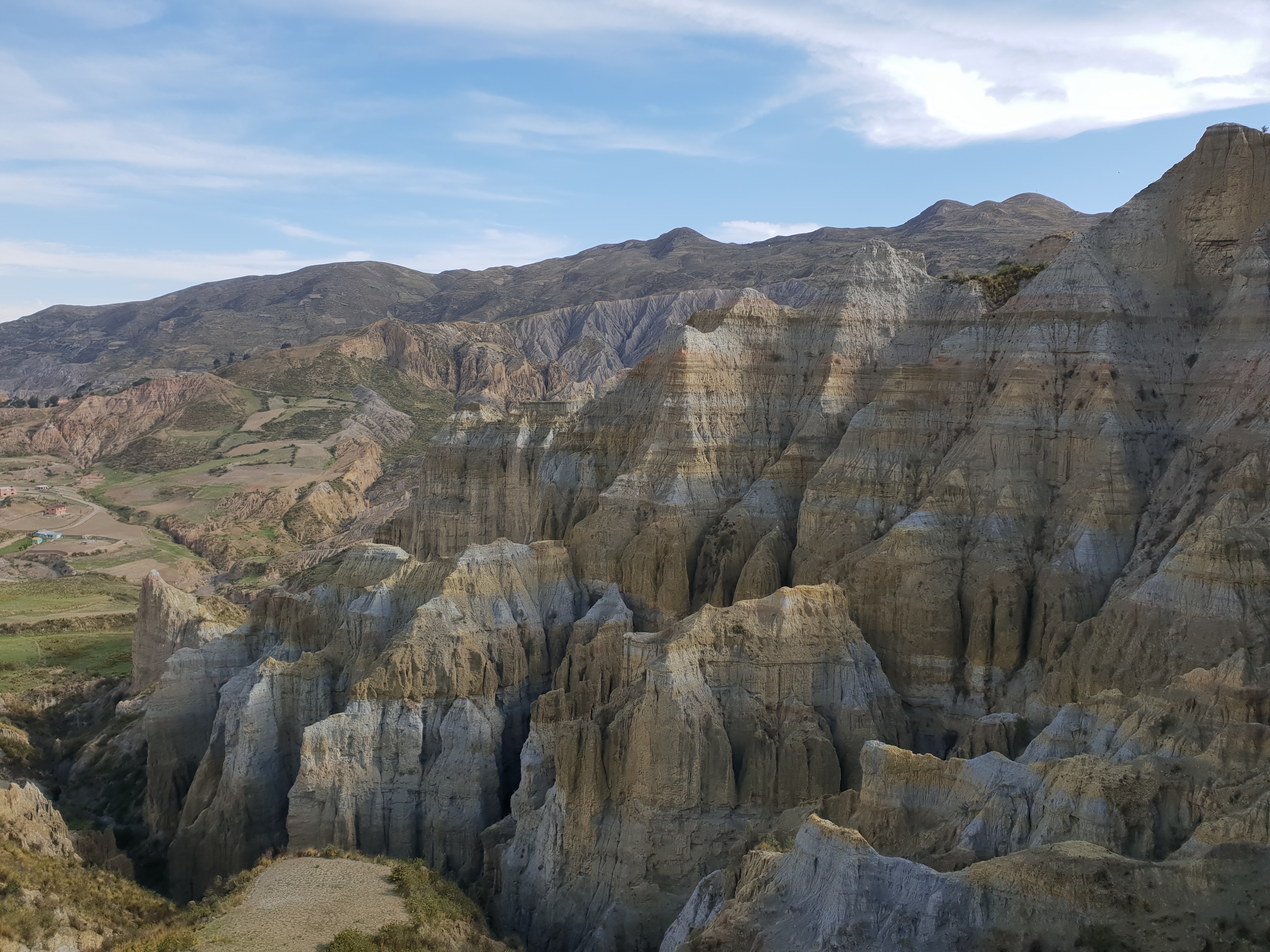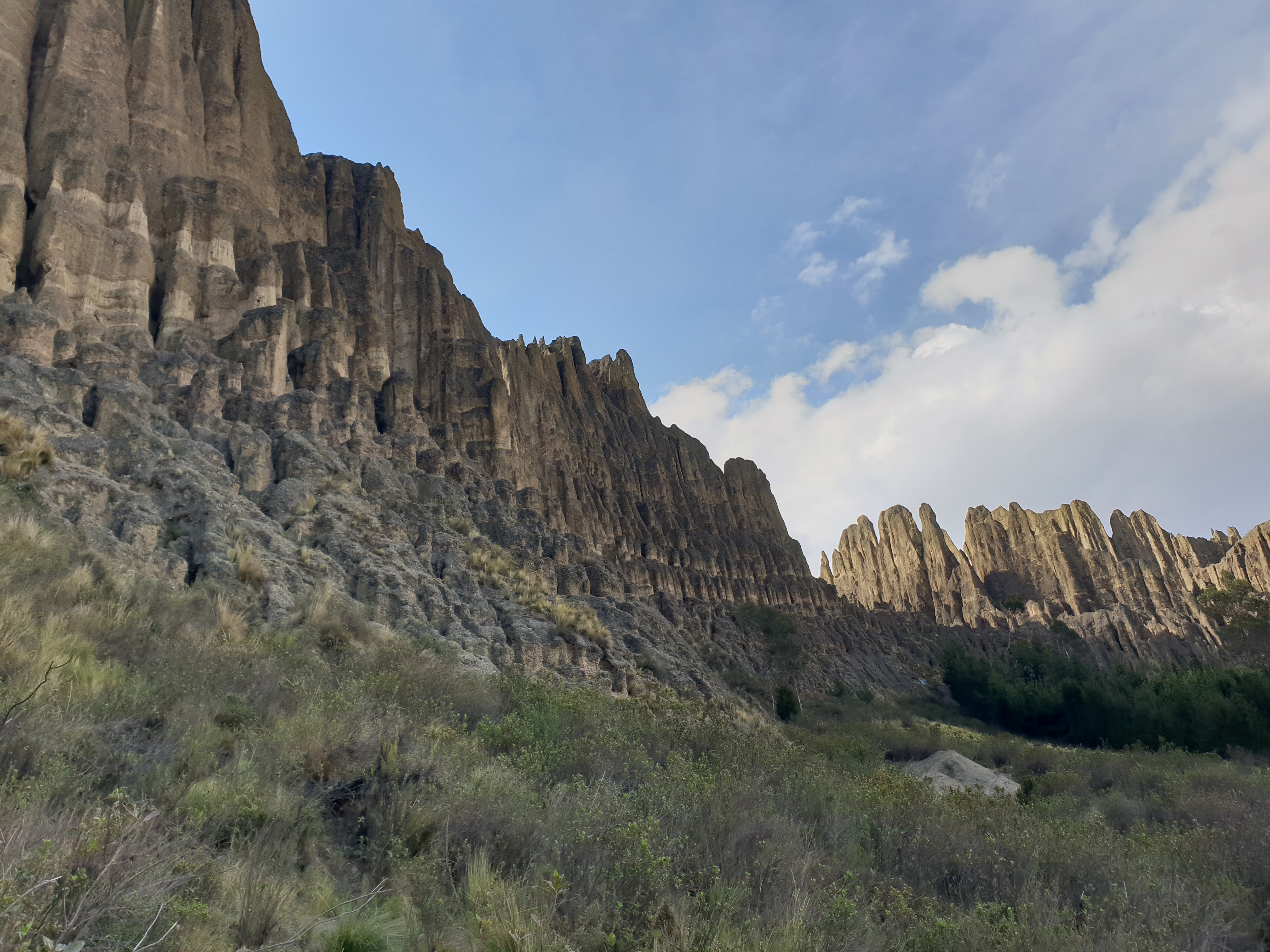La Paz is a capital that’s filled with enough anomalies to make a scholar’s head spin. Today it’s a vibrant metropolis with over 2.3 million residents that take on its shockingly high 3,650 meter (11,975 ft.) altitude. Originally the site of the Inca settlement Laja, the indigenous outpost was quickly conquered by the Spaniards in 1535. It wasn’t until 1548 that Nuestra Señora de La Paz was founded to commemorate the end of Pizarro’s insurrection against the viceroy of Peru. While this city was founded on the premise of peace, it embodies the natives’ fiery resolution to escape Spanish subordination.
At first Spain managed to govern La Paz with an iron fist, but they rapidly lost control in the 18th century. Led by Tupac Katari, the indigenous Aymara people laid siege to La Paz in 1781. This attack paralyzed the city for six months, and the group destroyed multiple churches and government properties. While the Spaniards eventually regained control of the city, they couldn’t extinguish the unrest that was brewing beneath the surface. Thirty years later, La Paz was once again under siege. Despite only lasting two months, this disruption fueled a deep-seeded craving for freedom.
By 1809, tensions between the indigenous population and their Spanish masters reached a boiling point. Led by Simon Bolivar, the first open rebellions against the Spanish Crown erupted in La Paz & Sucre. This was a historical moment, since it was the beginning of the liberation of South America from Spain. The Primer Grito Libertario de América echoed throughout South America, and by 1825 Bolivia gained Independence from Spain. All the other countries in South America eventually followed suit, and La Paz was the birthplace for this revolution.
To make this city even more captivating, La Paz is surrounded by geographical wonders. The city is set in a massive canyon that was created by the Choqueyapu River and surrounded by the Altiplano mountains. While the snow covered triple-peaked Illimani that towers over La Paz is breathtaking, it’s far from the only notable geographical presentation. Thanks to a series of bizarre erosions, La Paz is surrounded by freak accidents of nature. In this article we will highlight them, so prepare to be blown away by these natural attractions!
Best Places To Visit Around La Paz
Attraction #1: Valle de la Luna – Nestled about 10km outside La Paz is a wonderfully bizarre series of rock formations. Even though this valley was formed by the natural process of erosion, its name comes from a delightfully extraterrestrial source. Valle de la Luna received its name from Neil Armstrong when he visited the area in 1969. After seeing how similar the peculiar Bolivian rock formations were to the landscape of the moon, Neil christened the area “Moon Valley”. The name was immediately embraced by Bolivians and remains in use to this day.
To see this delightfully odd spectacle of nature, visitors have two choices. The first is to get ripped off by a tour agency and the second is take their chances with public transportation. For the adventurous, the second option is the only viable choice. For just two bolivianos ($0.29), visitors can take the yellow bus #11 from the Plaza San Francisco all the way through Mallasa to Valle de la Luna. You can also take any mini-bus that goes to calle 8 de Calacoto and take another mini-bus that heads to Mallasa.
Even though it takes a half hour to get there, public transportation is noticeably cheaper than taking a tour. While the bus will charge 3 bolivianos ($0.43), the slightly faster min-bus combo costs 4 bolivianos ($0.58) total. The entry fee to the park is 15 bolivianos ($2.17), so you don’t have to be rich to experience this modern marvel!
Attraction #2: Valle de las Ánimas – This is yet another spectacular example of erosion. According to local legend, people’s souls get trapped in this valley after they get scared or startled. The only way to coax the soul back into the body is to rub the startled victim with an egg. If this ceremony is ignored, the victim could potentially lose their life if their soul stays in the Valle de la Animas. While this superstition is hard to believe, no faith is required to enjoy its impressive scenery. This area is packed with remarkable spires and jagged cliffs that are absolutely breathtaking.
Fortunately, getting to this landmark is exceptionally cheap. Located about 4 km outside the zona de Cota Cota, this valley is about an hour outside La Paz’s city center. To get there visitors can take the yellow bus #42 from Avenida Pardo. Make sure to tell the driver that you are going to the Valle de las Animas, since you will have to take another mini-bus. Once the driver alerts you of when to get off the bus, take the mini-bus #965 for the remaining ten-minute trip.
There’s no entry fee, since this area is remarkably unprepared for tourism. It’s hard to find the entrance, but ask around and eventually you will find it. Luckily, this lack of preparation for international visitors makes it a cheap activity. For a whopping total of 5.5 bolivianos ($0.80) in transportation costs each way, this valley can be visited. Just remember to go early, since this isn’t a good place to be at night.
